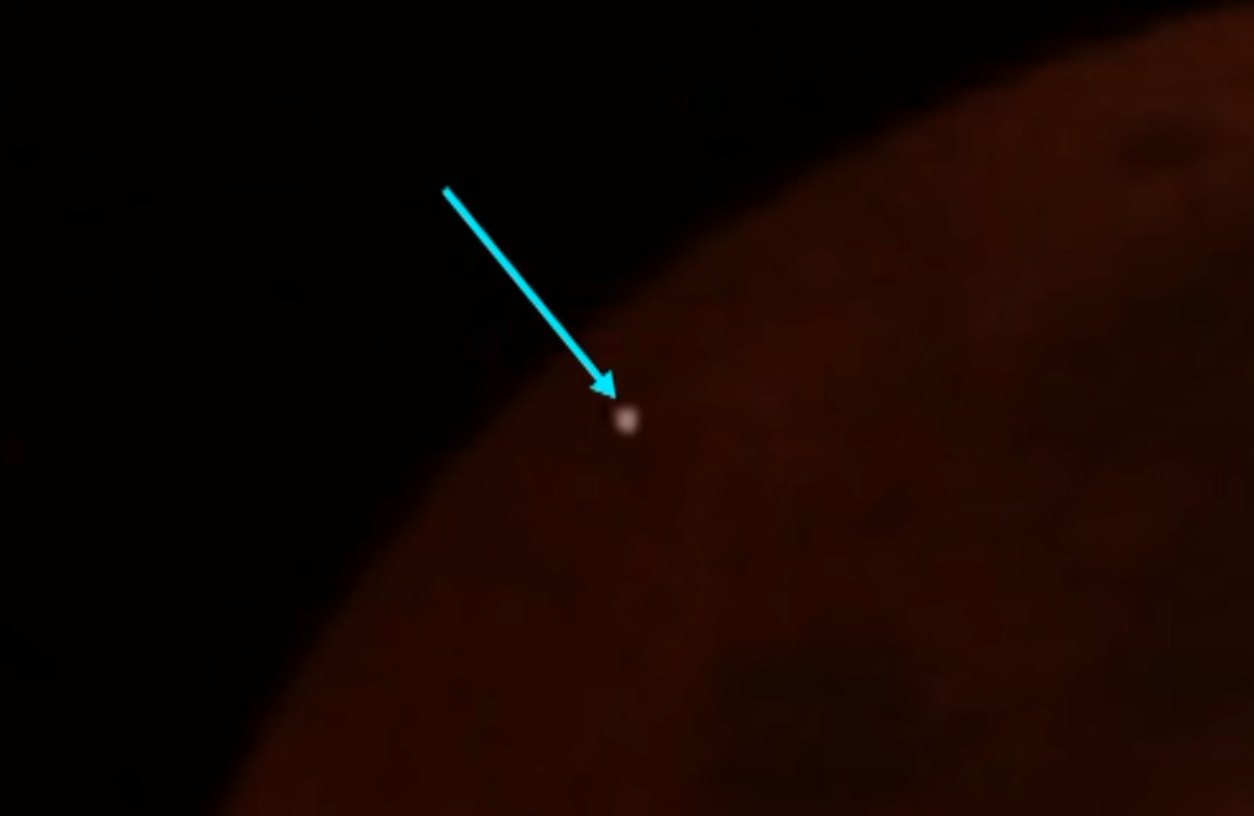Yep, A Space Rock Definitely Hit The Moon During January's Lunar Eclipse
Back in January skywatchers were treated to a gorgeous lunar eclipse that was visible across multiple continents. It made headlines as the "Super Blood Wolf Moon," which is just a bunch of silly nicknames packed together, but the event was truly special for one specific reason: a meteoroid struck the Moon just as everyone was gazing at its coppery glow.
It wasn't long after the eclipse that scientific observers realized what they had captured on camera. A tiny but very noticeable flash could easily be seen, and researchers quickly connected the dots and determined it was likely an impact of some kind. Now, a proper study has been published in Monthly Notices of the Royal Astronomical Society examining the event and concluding that it was indeed the result of a meteoroid strike.
It's incredibly rare to capture a lunar impact on camera, and the fact that the event was captured during an eclipse just makes it that much more special. It was a cool sight, but it also had some serious scientific value for the astronomers who took the time to examine it in the greatest detail.
In the paper, the research team pinpoints the exact spot where the impact occurred, examined the size of the crater that the object created, and calculated the temperature of the flash that was seen by many. The paper reveals that the mass of the meteoroid was likely around 45 kilograms, and that it was moving at 17 kilometers-per-second when it struck the Moon. The crater it created is estimated to be between 10 and 16 meters from rim-to-rim.
The Moon is absolutely covered with craters of all sizes, and the vast majority of them were created long before mankind possessed the technological ability to observe them in detail. Seeing a new one created in real-time is pretty awesome.
